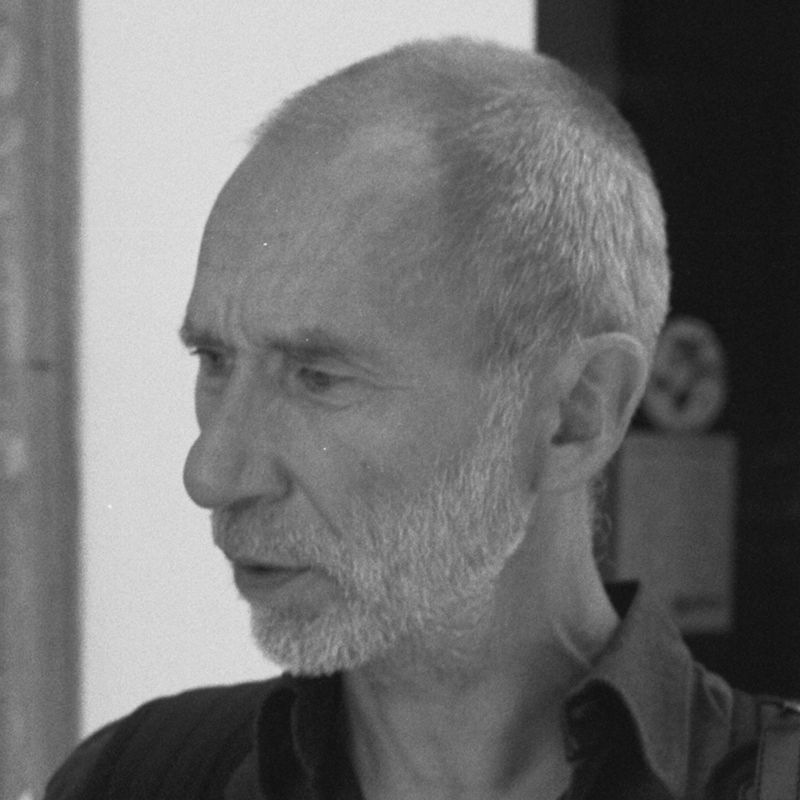Do calculating machines like drawing? And if so, why? Considerations from media archaeology
Today, nobody can imagine that there was a time when only symbols and numbers went through the narrow channels into and out from computers, no icons and no visuals. There was a time when the calculating machine still had to be told what to do when its human master requested that a line was to be drawn, straight or circular, its style and areas of brilliant colors.
The early 1960s became the time when digital media started emerging around an entirely new world of using (or mis-using?) computers. They were the times, when the machine computer mutated into a medium. A fascinating medium. The semiotic engine! In the early 1960s, these visual objects were supposed to appear on paper that galleries and museums, through their directors, would say, ''that's marvellous and rather surprising,'' and cause a lot of new thinking and even be called art if it was nice enough.
In this talk, Freider Nake will be giving a bit of media archaeology of the time. The perspective will, of course, be that of languages for programming. Therefore, it will include a remark on an algebra-oriented graphics language, and a few early language constructs for graphics.
ARTICLES: 1
Do calculating machines like drawing? And if so, why? Considerations from media archaeology

Frieder Nake is one of the originators of ‘computer art’ and has some of his artworks in the Tate collection. In his talk, he will explain why the above title ‘do calculating machines like drawing, and if so, why?’ - is nonsensical. Artificial intelligence can only be a simulacrum of human intelligence, a reduced and computable copy, and nothing more.
READ MORE